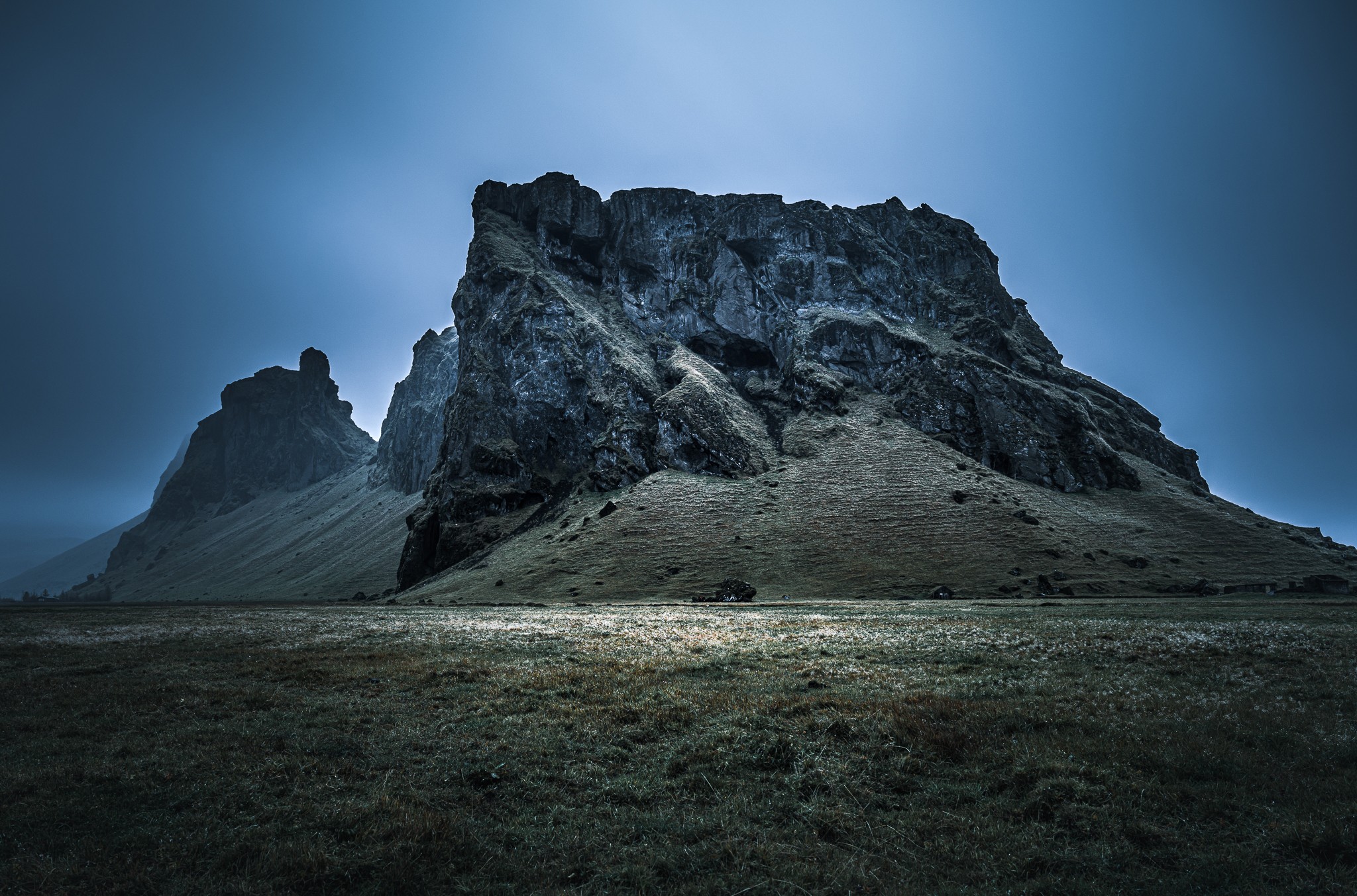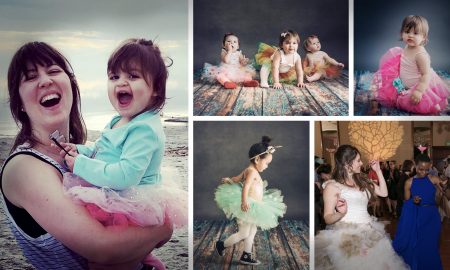

Today we’d like to introduce you to Chris Staehler.
Hi Chris, thanks for joining us today. We’d love for you to start by introducing yourself.
My love for movies started with Star Wars when I was five on Star Tours at Disney World. As a kid, that experience blew my mind. From that point forward, I became hooked on how these impossible images came to life. There was no google or YouTube at the time, so I learned filmmaking through trial and error and DVD special features. The incredible detail of the process in the Lord of the Rings special features was my film school. I pursued that interest in college at Purdue University and graduated from the Computer Graphics program with a job at a Medical Animation firm in Indiana. About a year afterward, I landed a job in Los Angeles working in Visual Effects. Over the last ten years, I have contributed to 50+ projects including Turn, Secret Life of Walter Mitty, Walking Dead, For All Mankind, Watchmen, Spider-Man No Way Home, Wakanda Forever, Free Guy, and Marvel’s Midnight Suns.
I changed my career path several times as my interests have changed and grown. I started as a Matte Painting TD at Rhythm and Hues creating 2D and 3D backdrops/ set extensions, however, my real goal when I moved was to be a compositor. I got my chance at Look Effects in 2013 and continued for several years at studios like Look Effects, Encore, The Mill, and Pixomondo. Compositing is the process at the end of post-production where all the elements like green screen, effects, and CGI are compiled into a complete image. I found the technical puzzles fascinating, like finding creative ways to animate hundreds of campfires, removing modern elements from period pieces, or adding mountainscapes to shots that never had them. I was compositing at Pixomondo when I saw work done by their new Previsualization Department. It had not occurred to me there was a job where I could exercise my knowledge in photography, composition, animation, and filmmaking. I was engaged immediately. Previs allowed me to shift focus into becoming a more holistic storyteller. I had to give more attention to composition, lens choices, and how the camera interacts with the understanding of the narrative. We had to be much more conscious of camera language, pacing, and flow because we were responsible for helping directors tell their stories. I found that Previs let me be more creative and explore my growing interest in directing. It helped give me the confidence to direct a complex science fiction short film in 2015 called, The Beacon.
I moved to Digital Domain in 2019 and worked on high-profile films including several Marvel projects leading into the pandemic. While there, I got experience with motion capture and virtual production until the pandemic shut everything down.
I began working for Maryland-based Firaxis Games in 2021 as their cinematics director on Marvel’s Midnight Suns. It has been a fantastic opportunity to step into a role I have dreamt of. I work with an amazing team, direct actors in mocap, and creatively contribute to the vision of a thrilling project. I am still there working on new and exciting things that I can not wait to share!
Would you say it’s been a smooth road, and if not what are some of the biggest challenges you’ve faced along the way?
Every step in my career has had numerous challenges that need to overcome. More importantly, those challenges have also directly influenced how I have adapted my career and found success.
The first challenge was getting to LA and into the film industry. I applied to over 60 positions for over a year and a half and never had an offer. Being in Indiana made it particularly difficult because LA VFX job postings were usually last minute and short-term. Full-time or staff jobs are virtually nonexistent starting out. To jump into the VFX/film industry usually means a leap of faith with nothing more than a few weeks of work and hourly pay that may not cover rent. I was thrilled during my first job when I started getting overtime pay to afford rent. I would say VFX is a difficult industry to maintain a work-life balance because no one will look out for you but yourself. Hours can run long with lots of crunch time. There is an unspoken expectation that you will put in any hours necessary unless boundaries are established.
My first job was at Rhythm and Hues in 2012 shortly after the release of Life of Pi. I had two weeks to quit my job in Indiana, pack up my things, and move to Los Angeles. I arrived Saturday night and started work Monday morning! I was a few months in when Rhythm and Hues declared bankruptcy. It can be difficult or impossible to ever share your work till years after a project because of NDAs and contracts. It complicates job hunting, especially when you are starting out and can not show anything you have accomplished. I luckily landed at Look Effects on Secret Life of Walter Mitty however they also closed their doors after a couple of years. I am retrospectively thankful for those early hardships because they made me more resilient. I learned quickly to respect myself and proactively look out for my career.
Over the years, I occasionally came across attitudes toward artists that are tactically used to keep wages/rates low. I’ve had interviews where I’ve been critiqued or insulted on work supervised/directed by forces outside my control. The faults laid at your feet even when they are not your choice, all to validate a lowball work offer. I remember an interview where I was criticized for a poor composite where the element was actually part of the original photography and not composited.
Growth in my career and skill sets was always a struggle; the only person that will fight for it is you. Sometimes you have to take matters into your own hands! One of the areas of growth I wanted more experience in was on-set and active production. I had tried to get into shoots shadowing VFX supervisors and directors for a couple of years only to have doors shut because of timing, egos, or business issues. I decided to take time off in 2015 to direct The Beacon to give myself that experience. I had a lot of knowledge about VFX and film and was keen to put that into practice. It was my first time working with a crew or actors and to be honest – was the first time I had stepped foot on an active stage. It was truly a trial by fire where I essentially went to film school. We prevised and storyboarded everything to ensure no wasting of our limited time and budget. Once we had wrapped and got the edit figured out, we had a 26-minute short film with 250 visual effects shots. I had not left a budget for VFX because I planned to take care of that myself due to my background and friends in the industry. We did get help from VFX House, PictureShop, on a key sequence, however, most of the work was done at home on a single PC. We could not wait on excessive VFX render times, so I utilized newer GPU-accelerated rendering in Octane and old-school matte painting techniques to speed things up. I regularly set up renders overnight through the workday and then composited them at night. It took another couple of years to complete the film and get it to festivals. We got into our first film festival, HollyShorts, on a temp edit, with VFX still missing! We completed it in 2018 with a mad scramble of 30 shots in less than a month. We screened in over 16 festivals, won 8 awards, and were bought by DUST, gaining 2 million views in a year.
Working on the film taught me personal and professional perspectives on filmmaking, but it also gave me the hunger to do more. VFX is not always an inherently creative space. Directors, Art Directors, Supervisors, and Producers all dictate the artistic look of a project, so it becomes more about technical artistry than raw creativity for many disciplines. Even Previs, which has a lot more opportunities for shaping the project and collaborating with directors, is still influenced by creative forces outside your control.
The time around the pandemic was another fundamental turning point. I was rolling off of Spider-Man: No Way Home after contributing previs and concept art when the lockdown began. The concept artwork was an illuminating moment of creativity where I saw how some of my ideas could directly impact a film. It helped me sharpen my vision and hone my creative instincts. As the pandemic raged, it also opened up possibilities for remote work. I explored opportunities that could scratch that creative itch and discovered an open position to be a Cinematic Director at Firaxis games!
The road to my current role as Cinematics Director was not smooth, but I have found that each experience has helped prepare me in some way for the next – both the positive and the negative. It is about spinning a failure, roadblock, or misstep into a step forward toward success that works for you. It is as much about perseverance as adaptability.
Thanks for sharing that. So, maybe next you can tell us a bit more about your work?
As a Cinematic Director, I direct real-time content that plays between gameplay segments that help move the overall narrative plot forward. My work involves collaboration with internal and external partners to break down scripts, previs scenes, shoot mocap, and review animation, lighting, effects, and even music. I have had the opportunity to work with talented artists across many departments while being continually challenged to find new ways to push our work. I am incredibly proud of our work the last year, creating nearly 3 hours of cinematics – essentially a feature film in less than a year. My experience has taught me flexibility with the unknown and to pull experience from disciplines even outside my current line of work. Ingenuity is a powerful problem-solving tool.
My background has given me experience in just about every part of the filmmaking process. I have found that experience provides an essential and unique viewpoint with an ability to communicate more effectively across a large, complex project.
I love artistic experimentation. I enjoy concept artwork, painting, previs animation, and photography. Everything services finding a voice and sharing a unique view of the world. I particularly love landscape photography and try to capture the environment in an emotional state. I find experimenting in other art forms directly impacts everything I do – a form of artistic cross-pollination.
Before we go, is there anything else you can share with us?
Looking to the future, I would love the chance to direct a feature film, write a book and create a game (video, card game, board game). I have so many stories in my head I would like to explore. The next steps are finding the right collaborators, writers, and artists to help bring those to life. It is difficult to do all the work yourself and finding the right partners to bring these ideas to life is essential to growth.
I do not believe an artist is ever done growing or adapting. I love discovering new techniques or problems to solve. It is all one big puzzle where part of the fun is figuring out how you are going to solve it. I am amazed at how quickly technology changes; my job did not even exist when I was born. I see the advancements in tech, from AI to Virtual Production, and hope to stay in touch with it so I can use this new tech to continue telling fascinating stories in new and exciting ways. I think we are heading for a fascinating nexus where multiple avenues of storytelling collide into one space. The next multiverse or experience is not necessarily in a film but in how we engage with stories across multiple mediums.
Contact Info:
- Website: www.ChrisStaehler.com
- Instagram: www.instagram.com/cstaehler
- Youtube: https://www.youtube.com/c/cstaehler
- Other: www.thebeaconmovie.com, https://cstaehler.wixsite.com/photography
![]()










![]()
![]()
![]()











